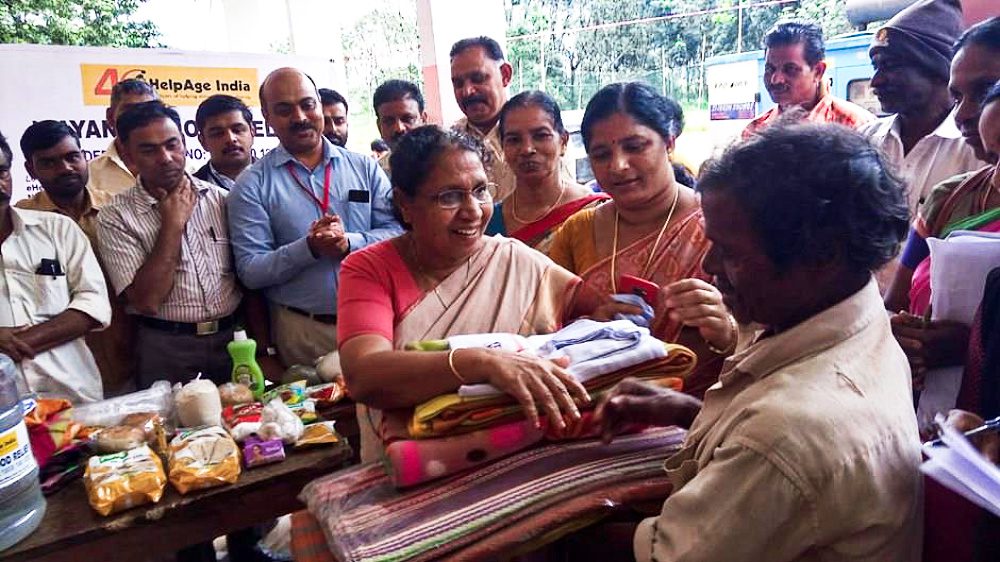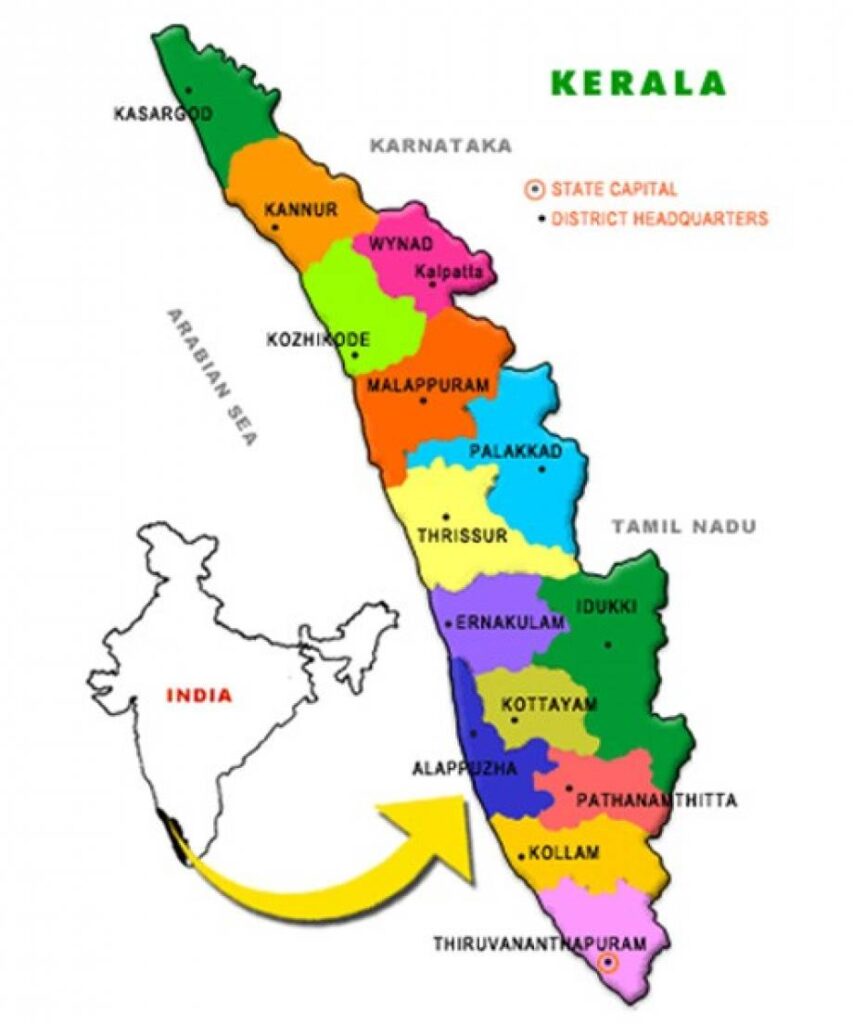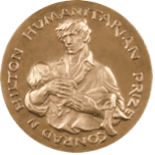
Special Thanks to the HelpAge India Humanitarian team for their contributions to this report
Last August, heavy flooding in Kerala displaced a million people, leaving many in urgent need of emergency relief and medical assistance. HelpAge India initiated inclusive responses in some of the worst-affected areas, including Wayanad, Palakkad, Idukki and Pathanamthitta districts to ensure older people and other vulnerable groups were reached. About 12% of Kerala’s population are older people. In natural disasters, older people face unique challenges that often go unaddressed. In addition to a higher risk of fatality, those who survive a disaster face specific challenges accessing humanitarian relief. For example, those with mobility issues may not be able to travel or stand in long lines for rations.
HelpAge India has undertaken a 3-phase response: Rescue, Relief, and Recovery. Across the HelpAge Global Network, we strive to implement inclusive responses at all stages of a disaster, supporting older people and their families not just with immediate relief but ongoing assistance to rebuild their lives.
The Scale of the Damage
Categorized by the Indian government as a Level 3 Calamity, the August 2018 Kerala floods were particularly devastating. Heavy rains in Wayanad and Idukki caused severe landslides, which made the hilly districts especially difficult to reach with assistance. The rains were so severe that 35 out of 54 dams in Kerala were opened for the first time in history. Over 483 people died and 15 are missing. According to the government, one-sixth of Kerala’s total population has been directly affected by the floods.

Rescue: August 2018
When the disaster began, HelpAge India deployed six of its Mobile Healthcare Units in Kerala and worked around the clock to get people out of the affected areas to the nearest relief centers. Special attention was paid to those with physical and sensory disabilities as well as people located in hard-to-reach places.
Relief: August-September 2018
In addition to search and rescue, HelpAge India has been distributing relief materials, such as survival kits, medicines, disinfectants, and food. Medical camps were set up to provide health and care services to the sick and injured as well as mobile medical teams to reach those who were unable to make it to the campsites.
During the relief phase, HelpAge India:
• Delivered 6,479 treatments across 94 emergency medical camps
• Provided 2,790 families with flood relief kits (includes 2 weeks of food and supplies)
Recovery: Ongoing
Recovery is one of the most critical, but often overlook phases of humanitarian response. HelpAge India is supporting local communities to begin this long process. To inform its response, HelpAge India completed a needs assessment to better understand what measures were necessary to promote health and rebuild livelihoods. Through direct input from those affected, HelpAge India has commenced efforts with the local government to rebuild and restore homes; repair core infrastructure such as electricity and wells for drinking water, and get health systems back to normal. To support local health systems, medical rehabilitation centers have been set up in Chundale (Wayanad) and Kanjikuzhy (Idukki) in association with their respective Gram Panchayaths (village councils). Another important area on HelpAge India’s radar is livelihood recovery. Many have lost property and their life savings. Together with local partners, HelpAge India is exploring different pathways to support economic development and income security.


